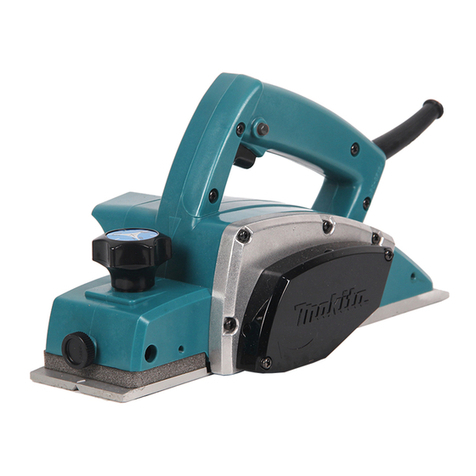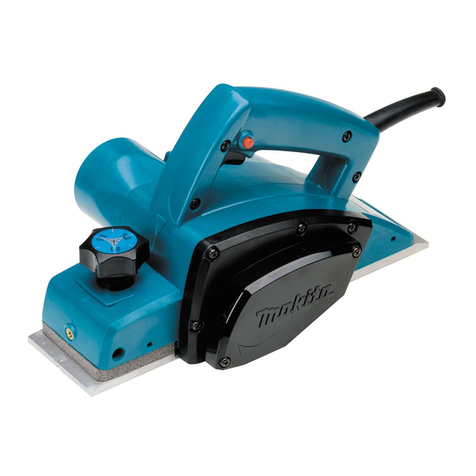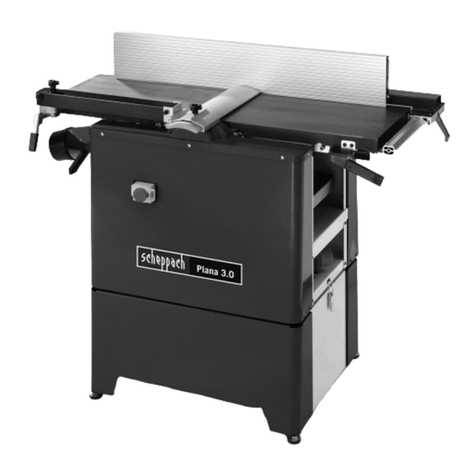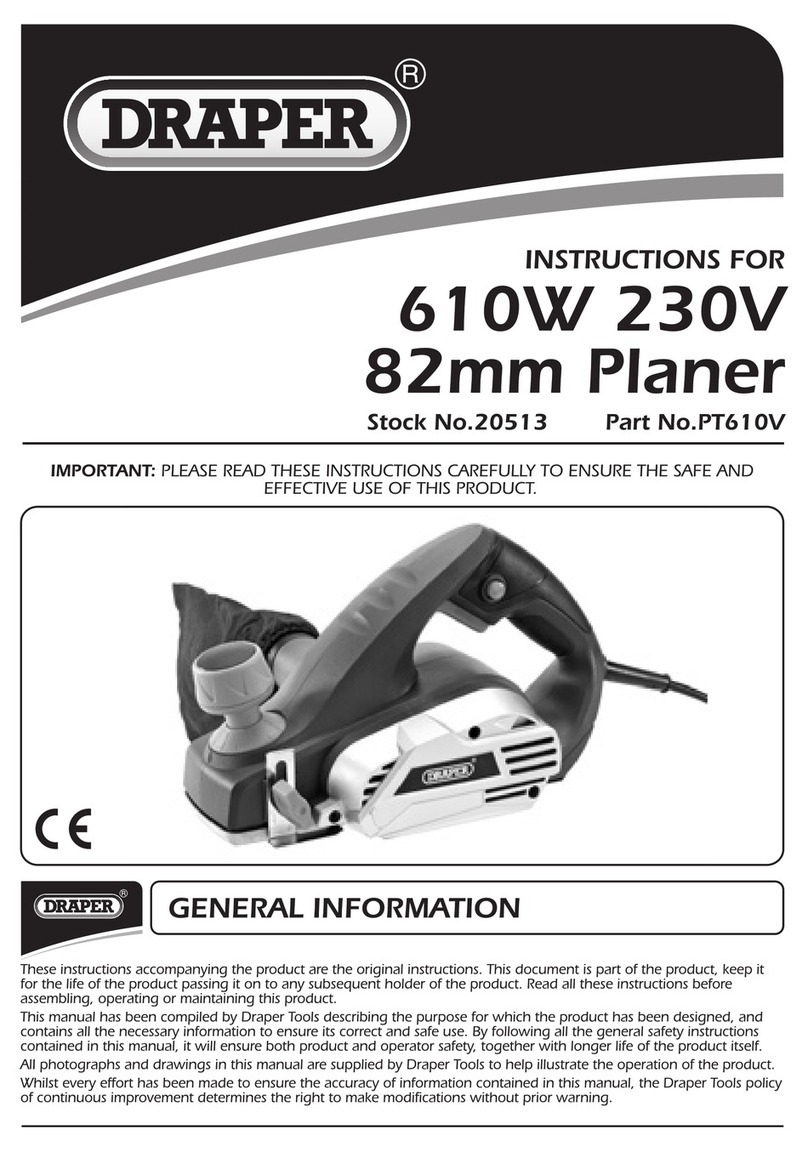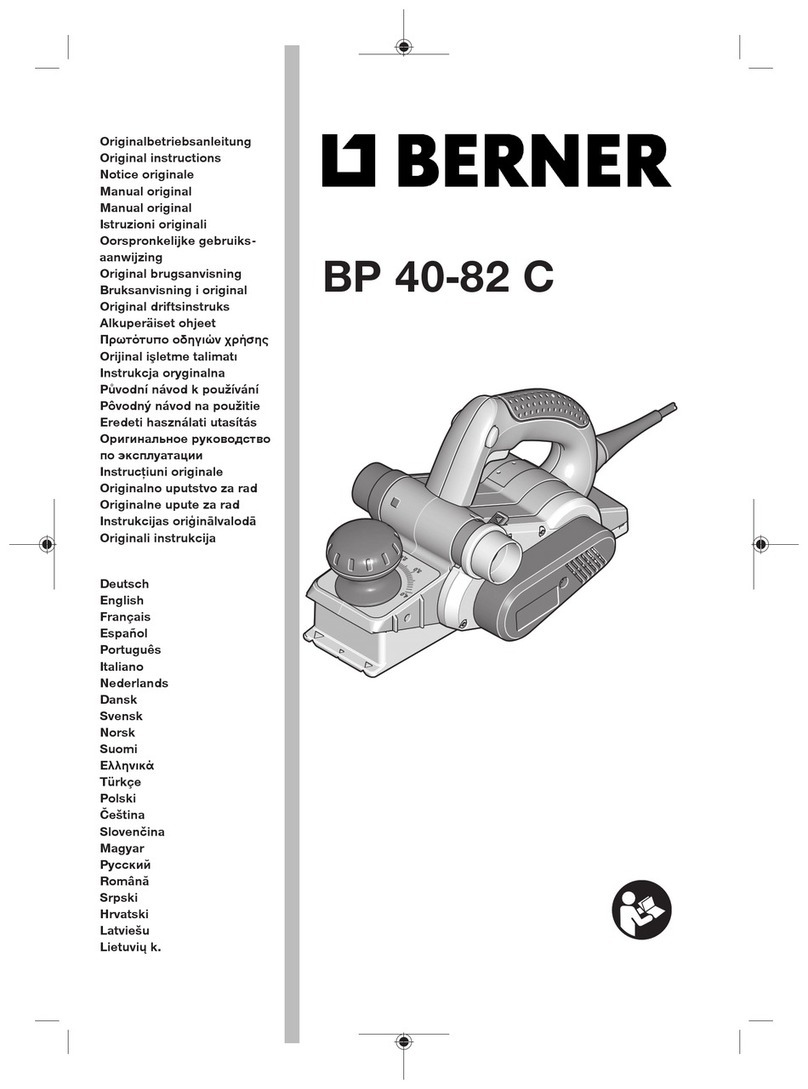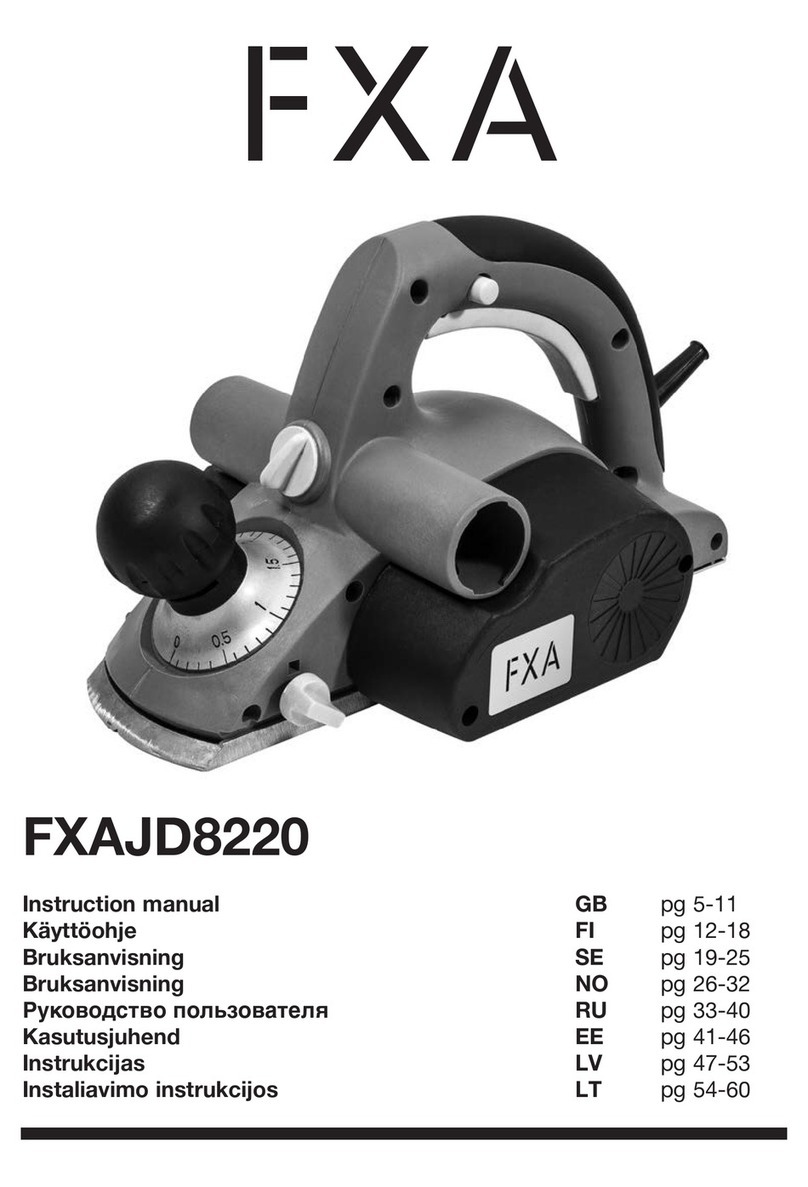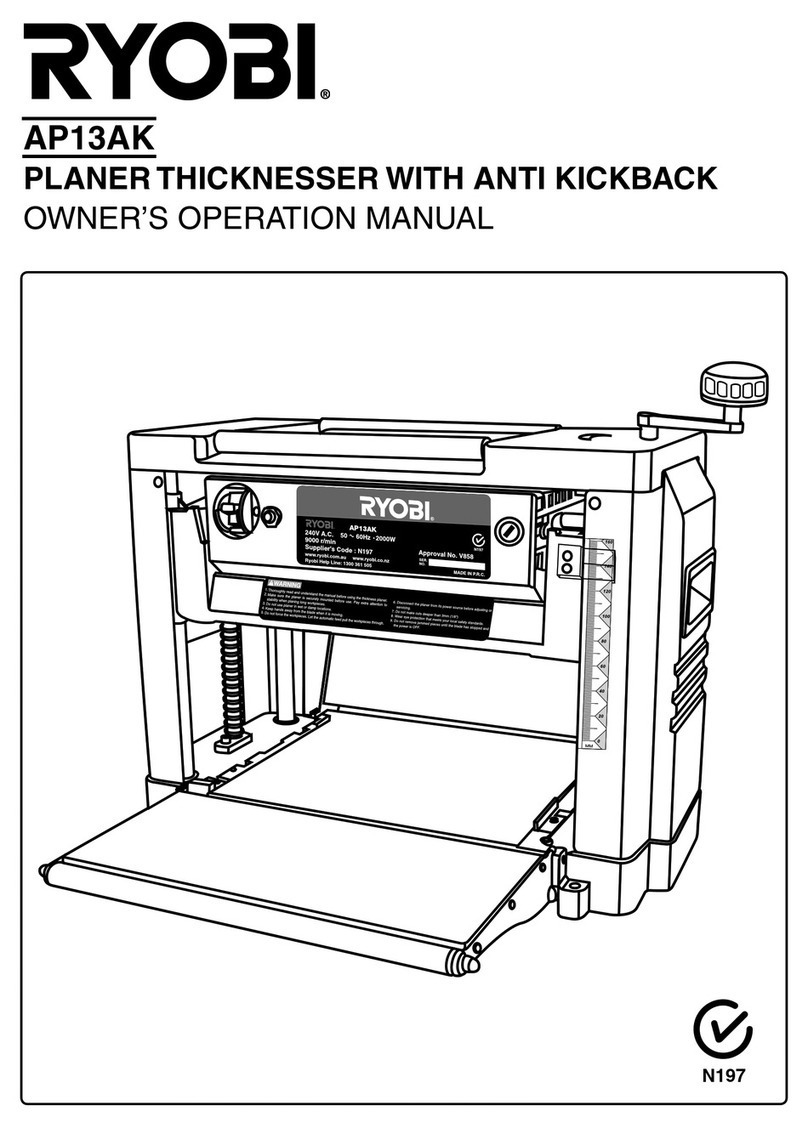Makita N1900B User manual
Other Makita Planer manuals
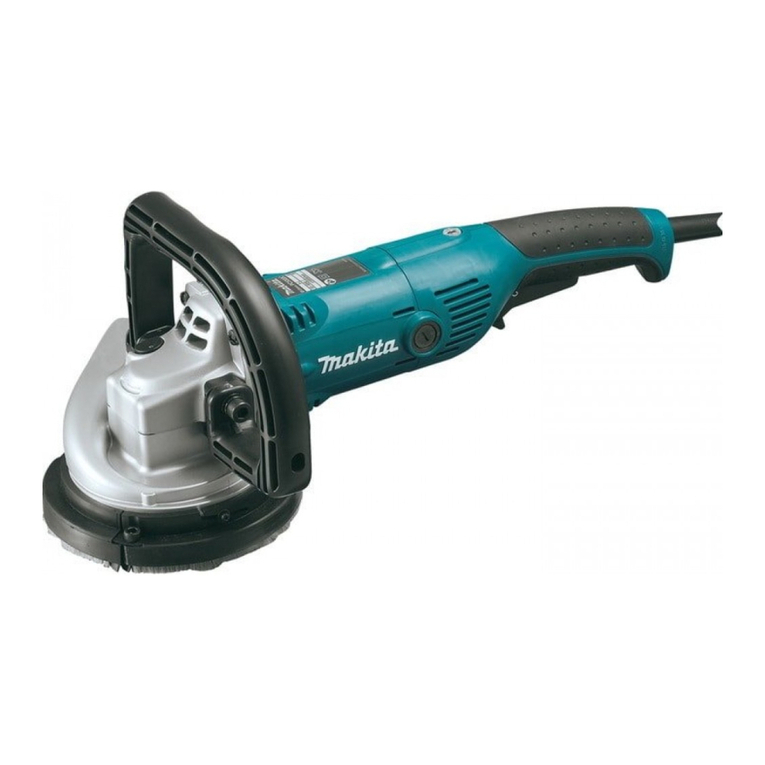
Makita
Makita PC5000C User manual
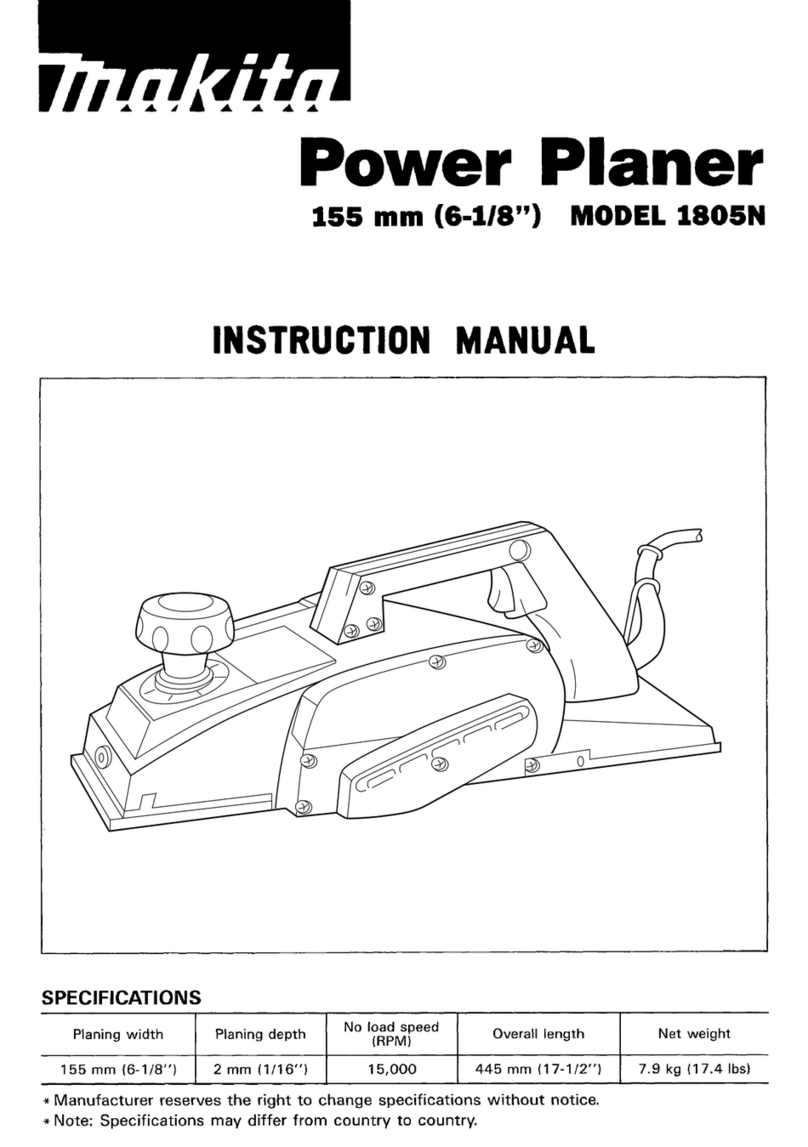
Makita
Makita 1805N User manual
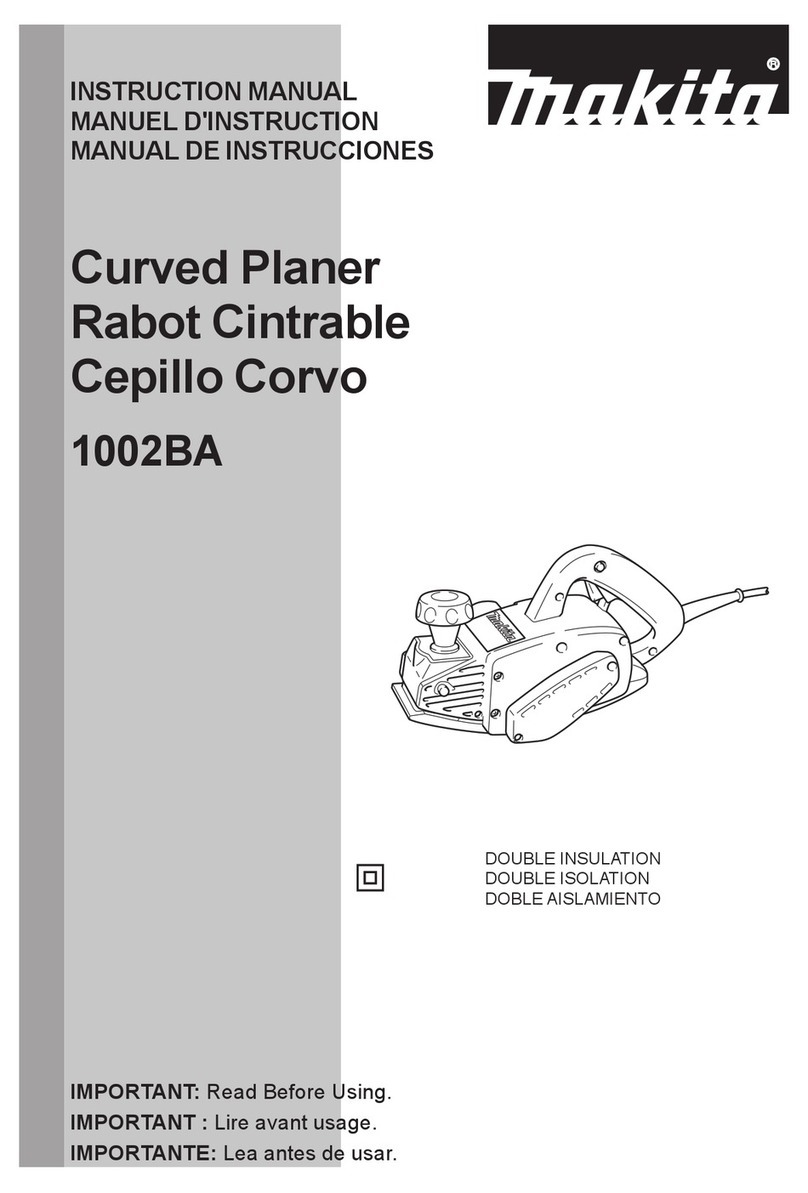
Makita
Makita 1002BA User manual
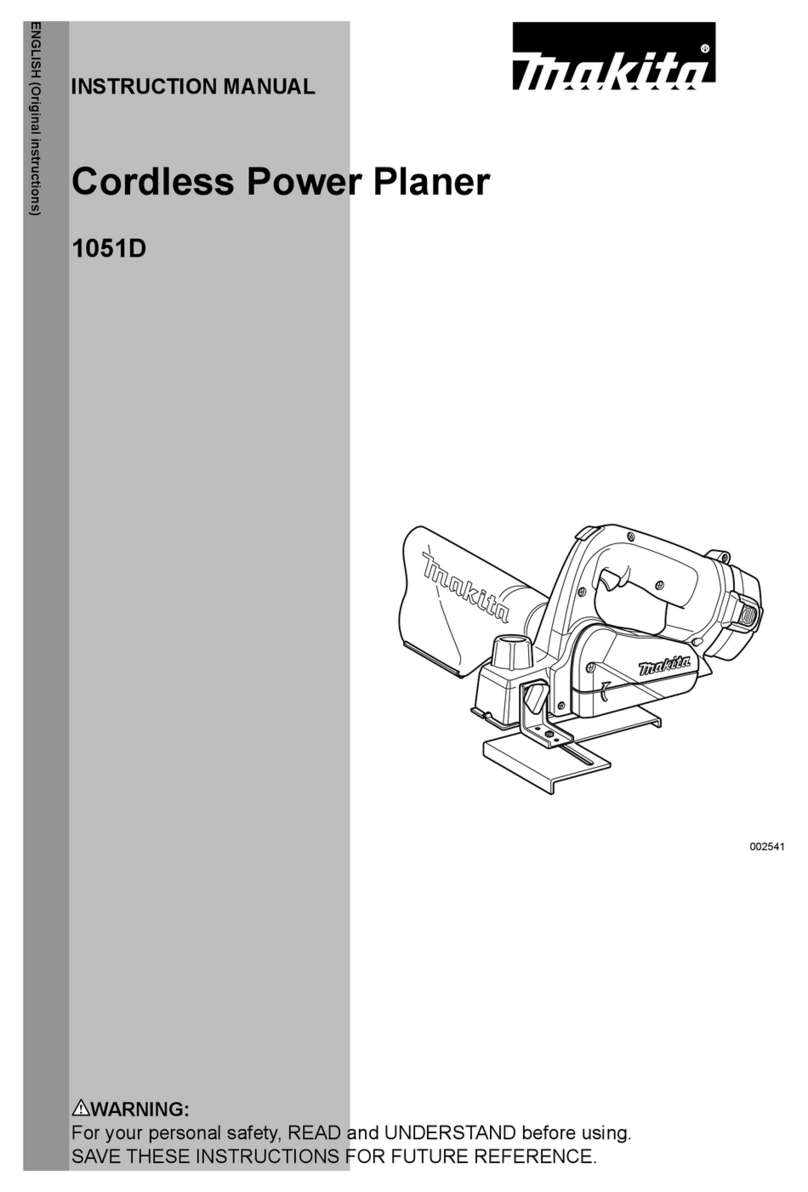
Makita
Makita 1051D User manual

Makita
Makita KP0800 User manual
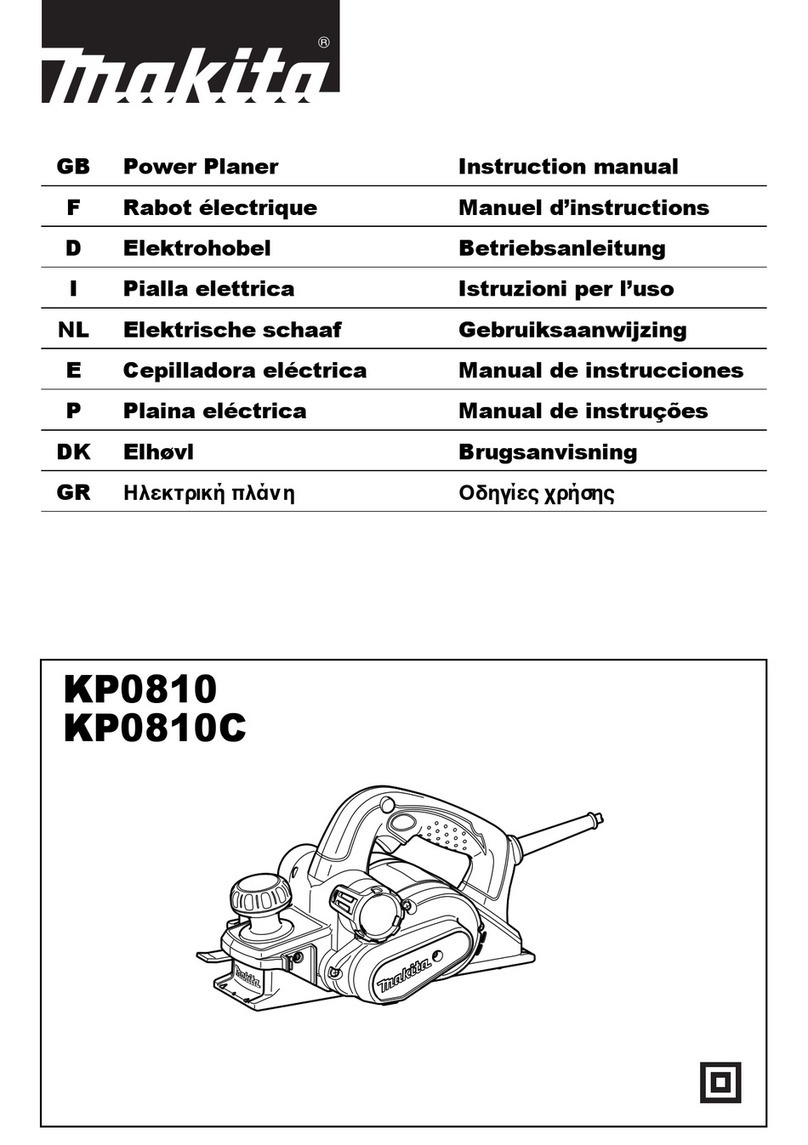
Makita
Makita KP0810 User manual
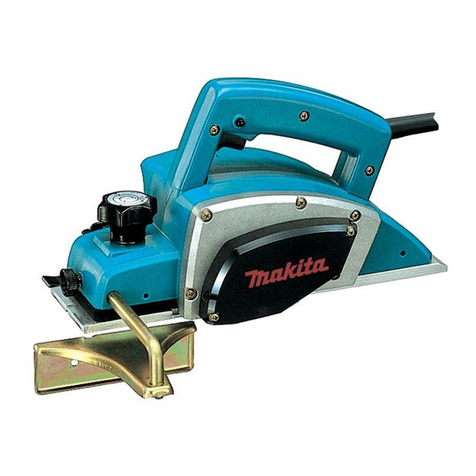
Makita
Makita N1923B User manual
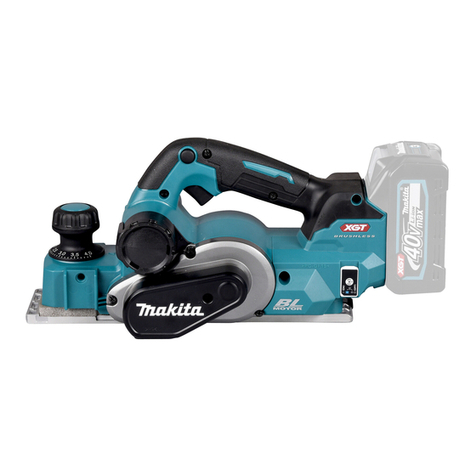
Makita
Makita KP001G User manual
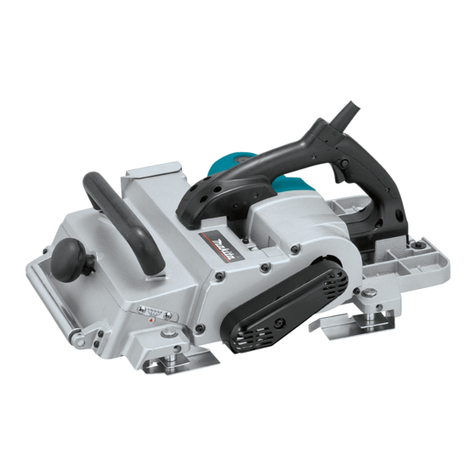
Makita
Makita KP312 User manual
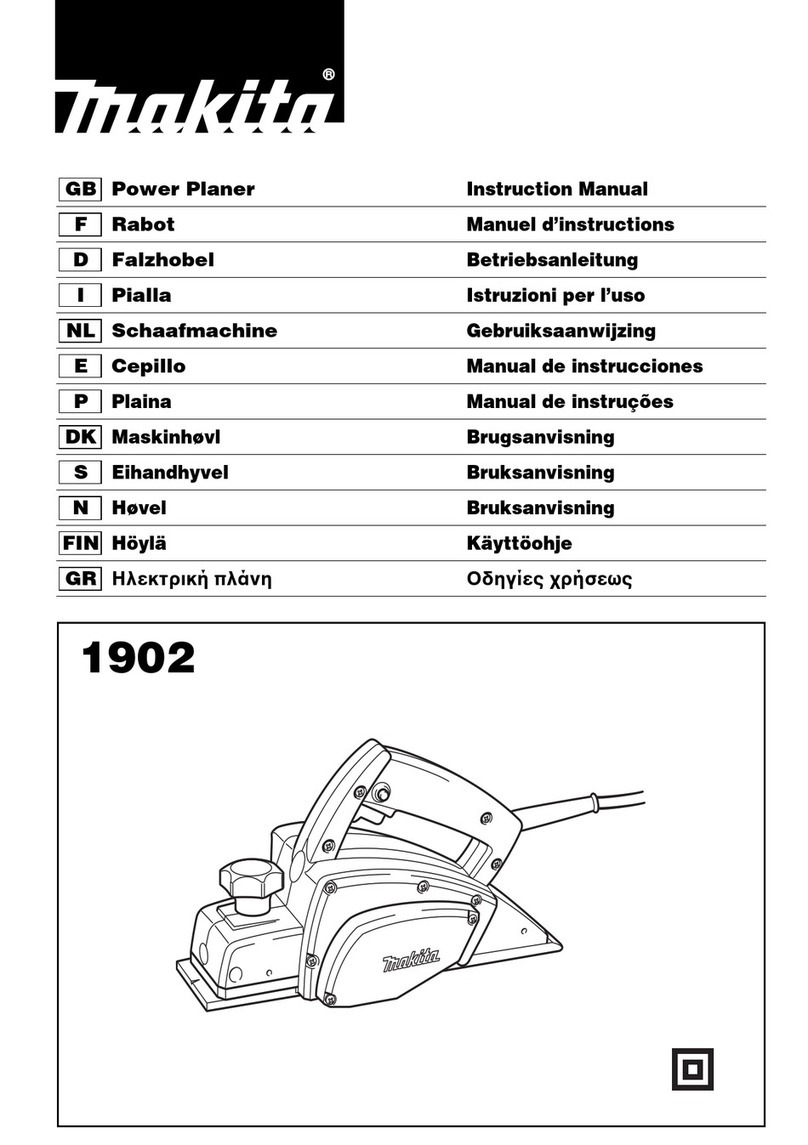
Makita
Makita 1902 User manual
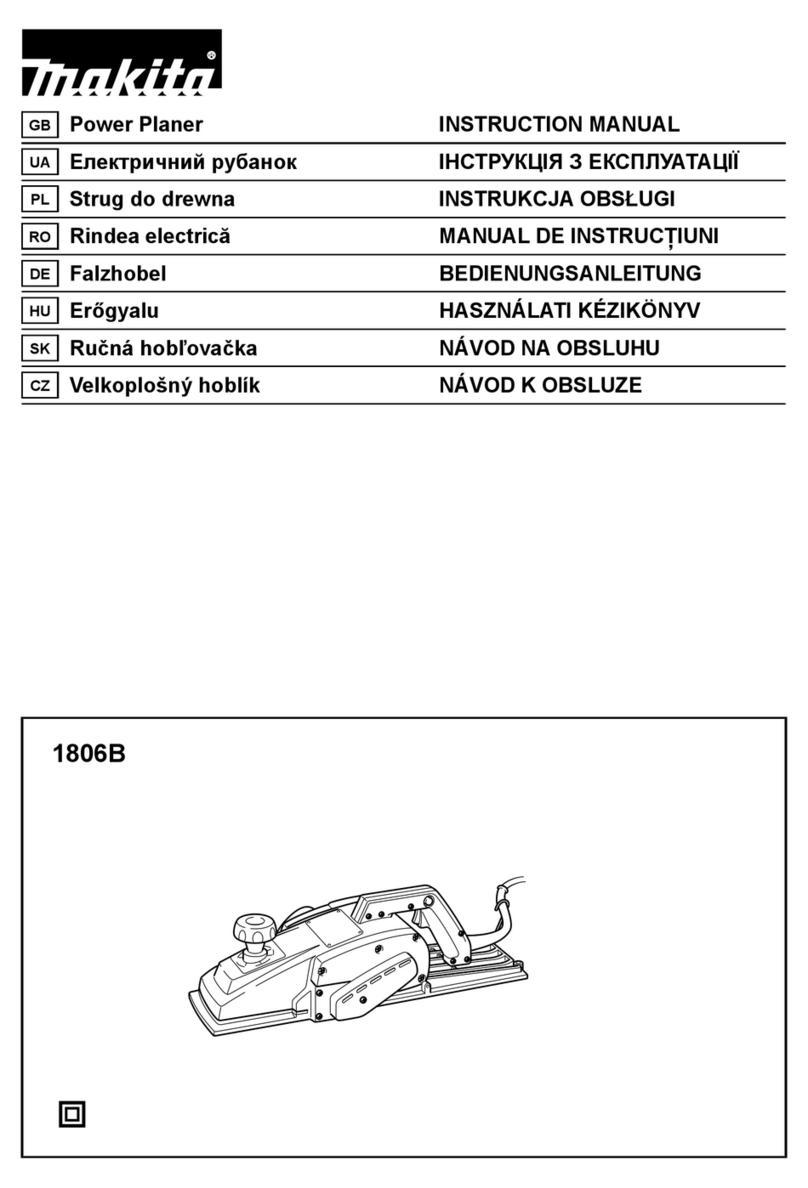
Makita
Makita 1806B User manual
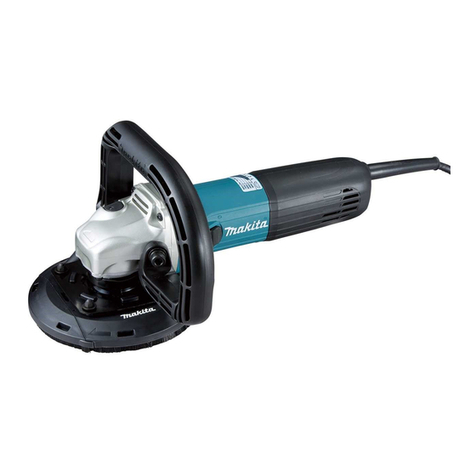
Makita
Makita PC5010C User manual
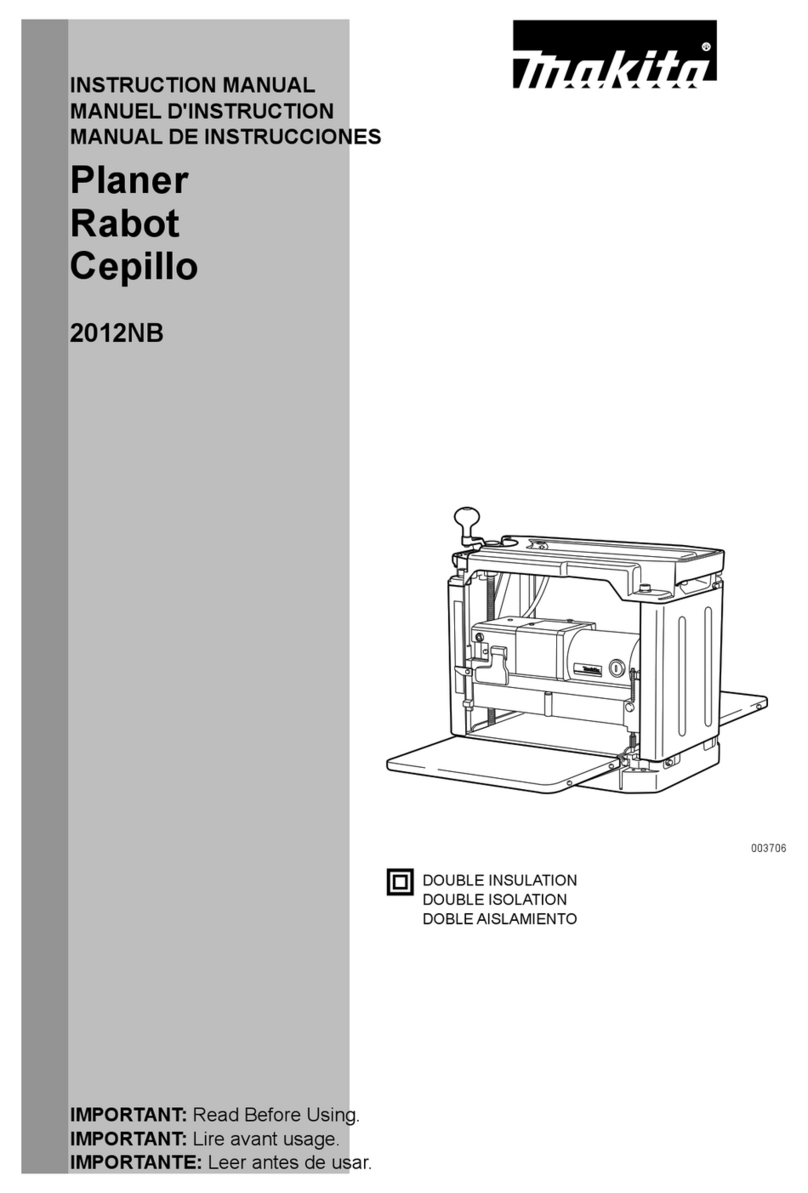
Makita
Makita 2012NB User manual
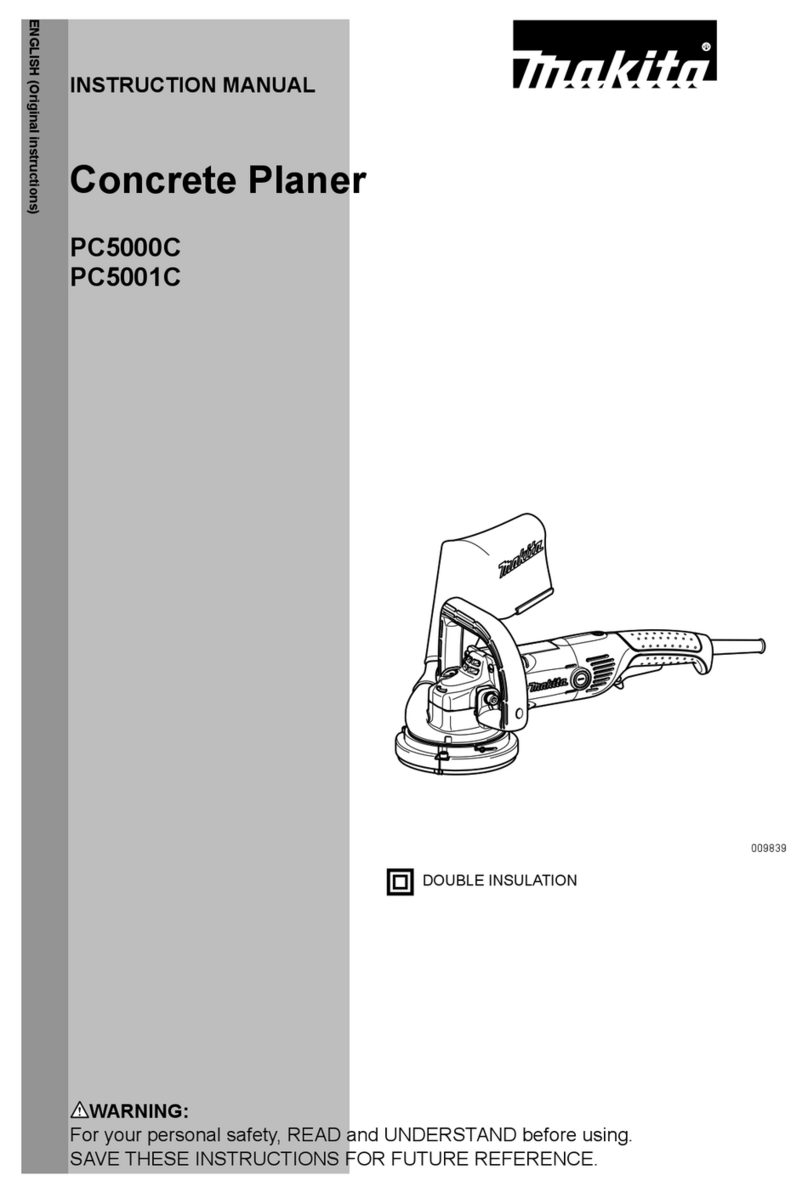
Makita
Makita PC5000C User manual
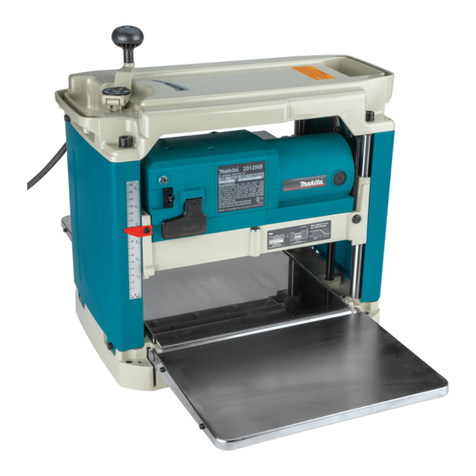
Makita
Makita 2012 User manual
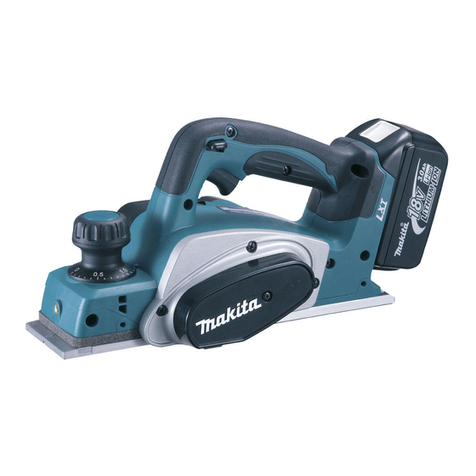
Makita
Makita BKP180Z Manual
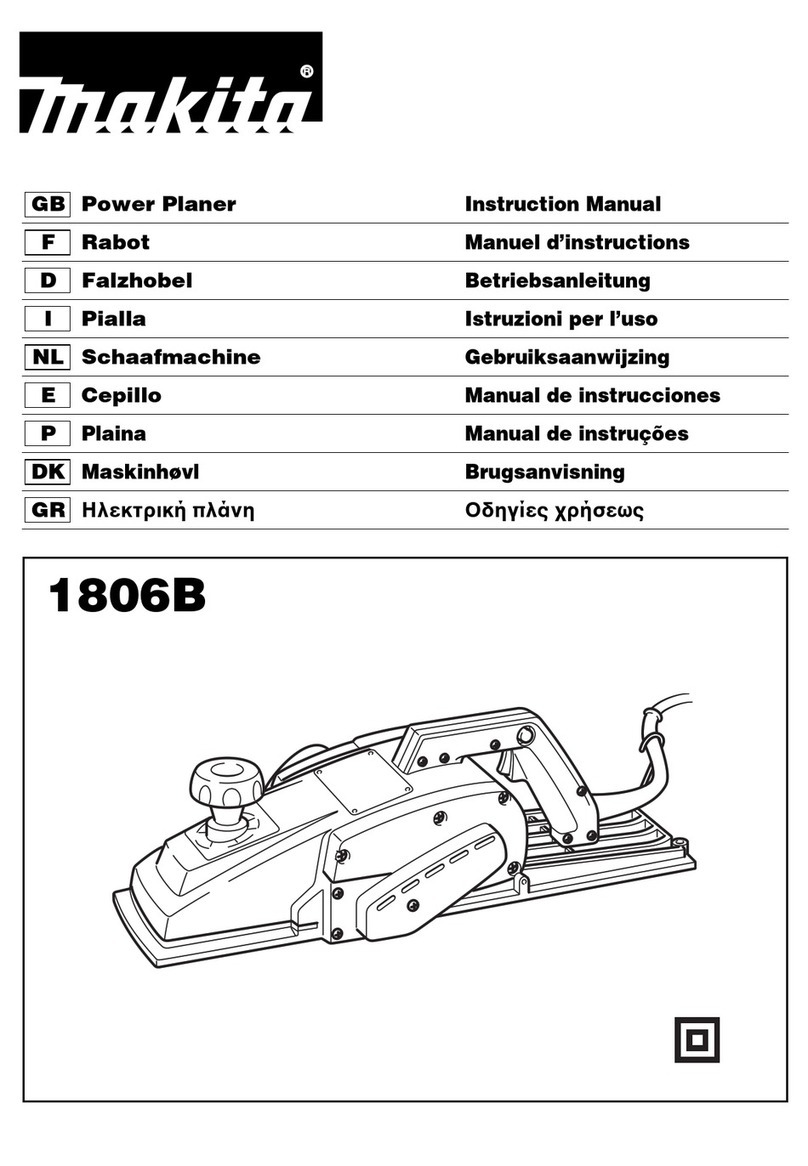
Makita
Makita 1806B User manual
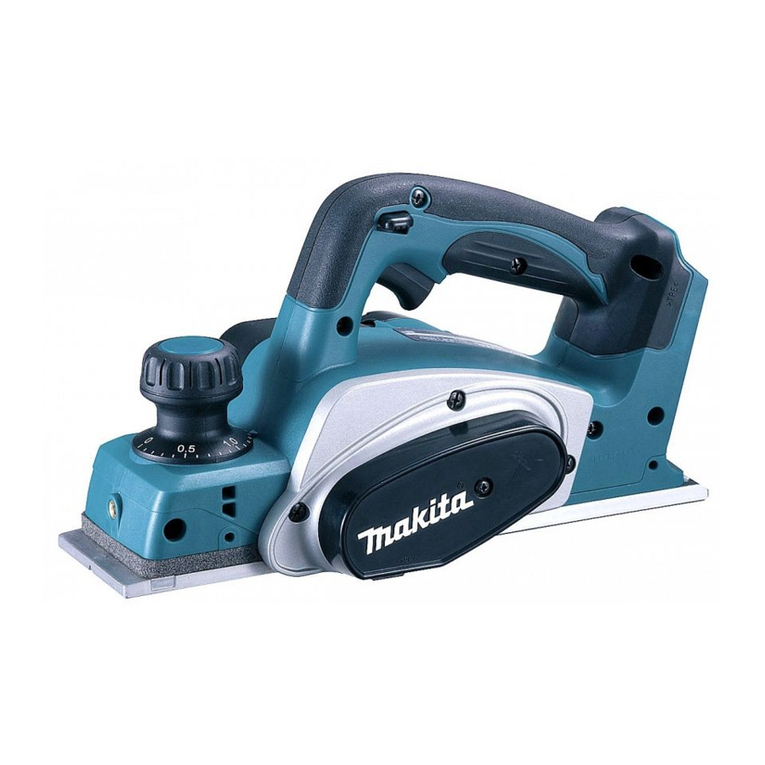
Makita
Makita DKP140 User manual
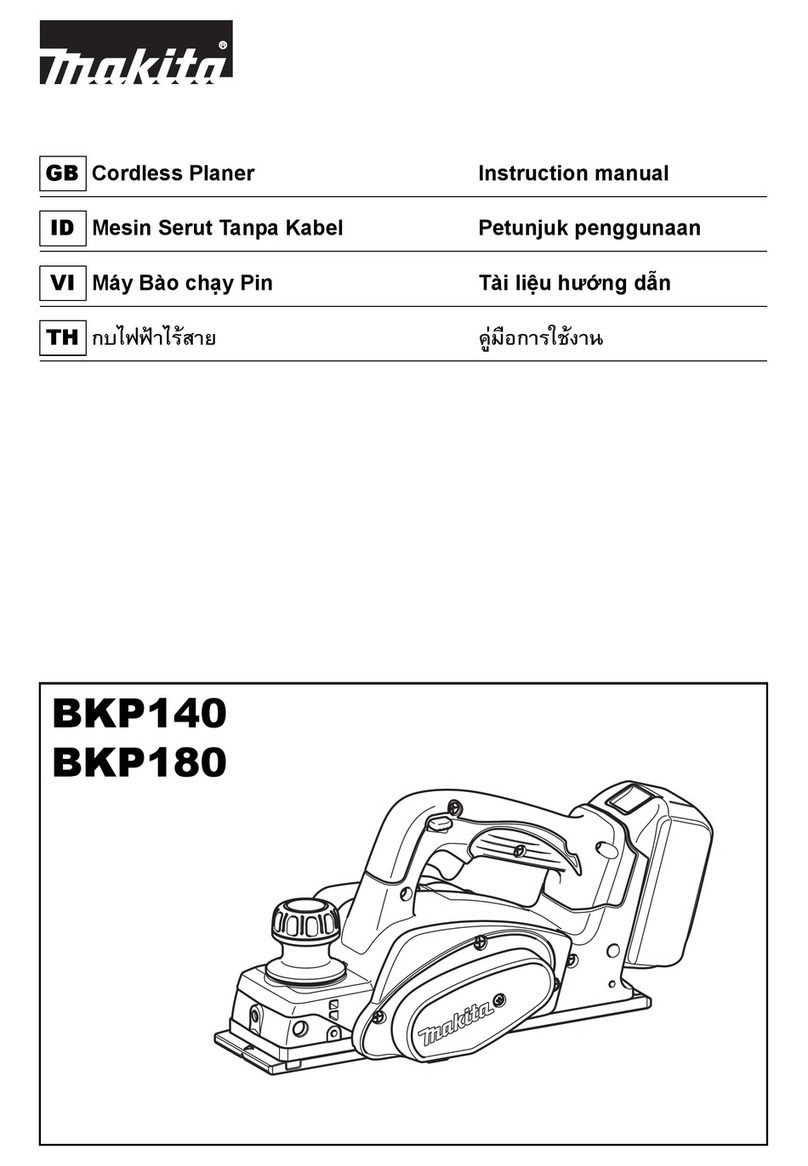
Makita
Makita BKP140 User manual
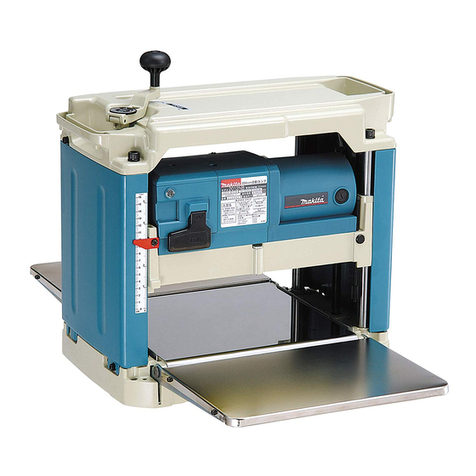
Makita
Makita 2012NB User manual
Popular Planer manuals by other brands
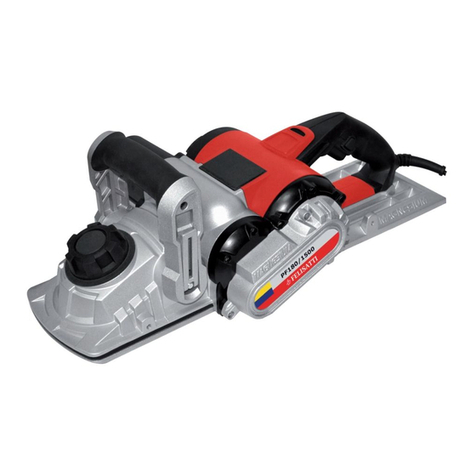
Felisatti
Felisatti PF180/1500 operating instructions
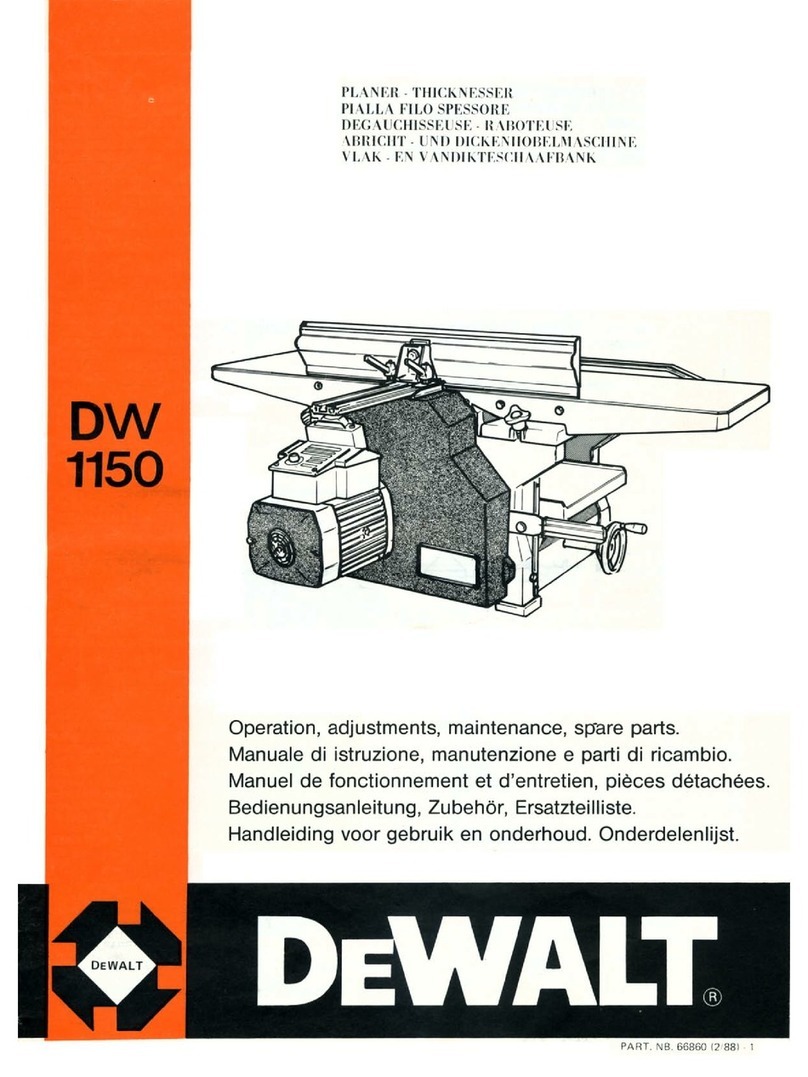
DeWalt
DeWalt DW 1150 Operation, adjustmants, maintenance, spare parts
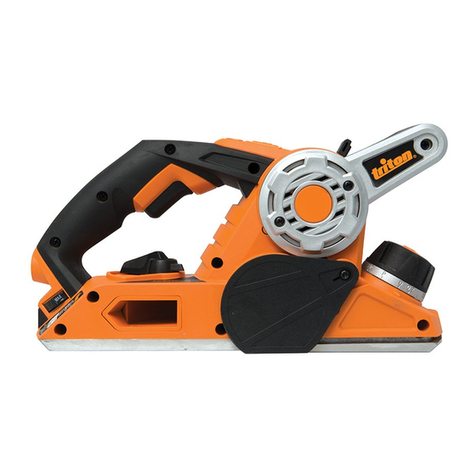
Triton
Triton TRP UL Operating and safety instructions

Melbourne
Melbourne MTC-49407 owner's manual
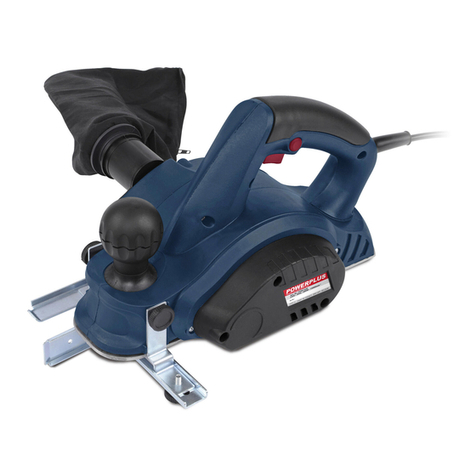
VARO
VARO POWERplus POW1520 manual

Powermatic
Powermatic 209 Operating instructions and parts manual
